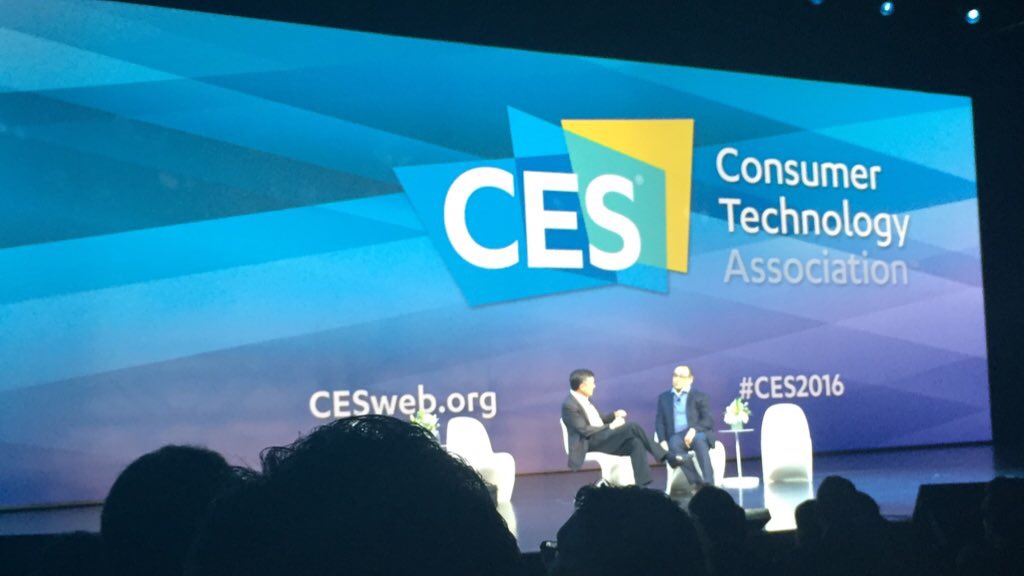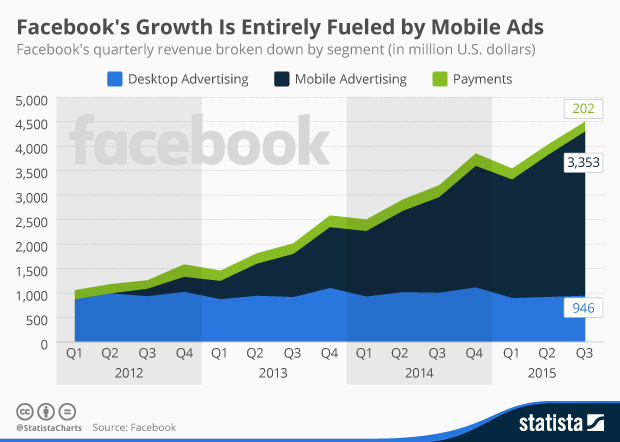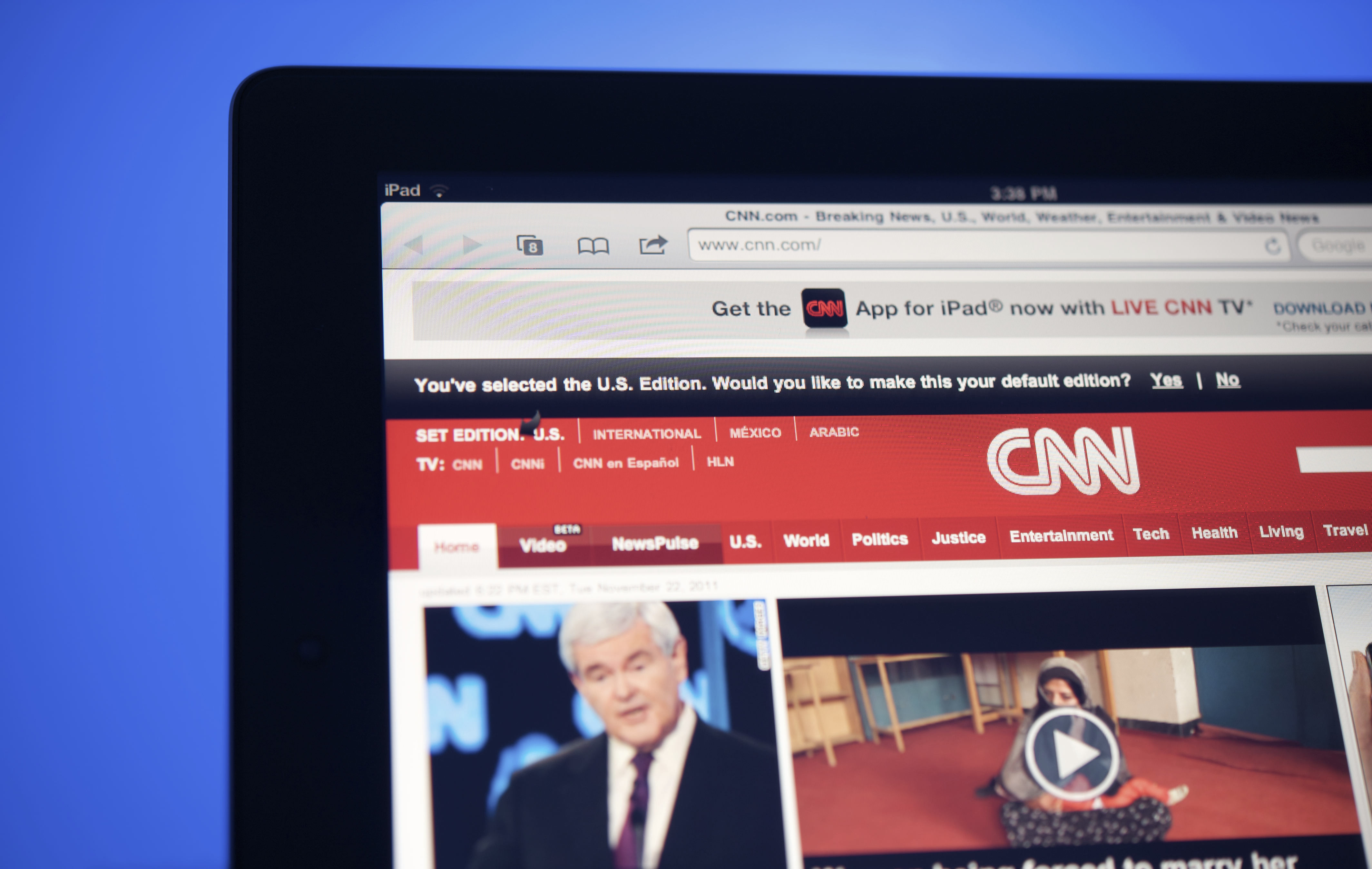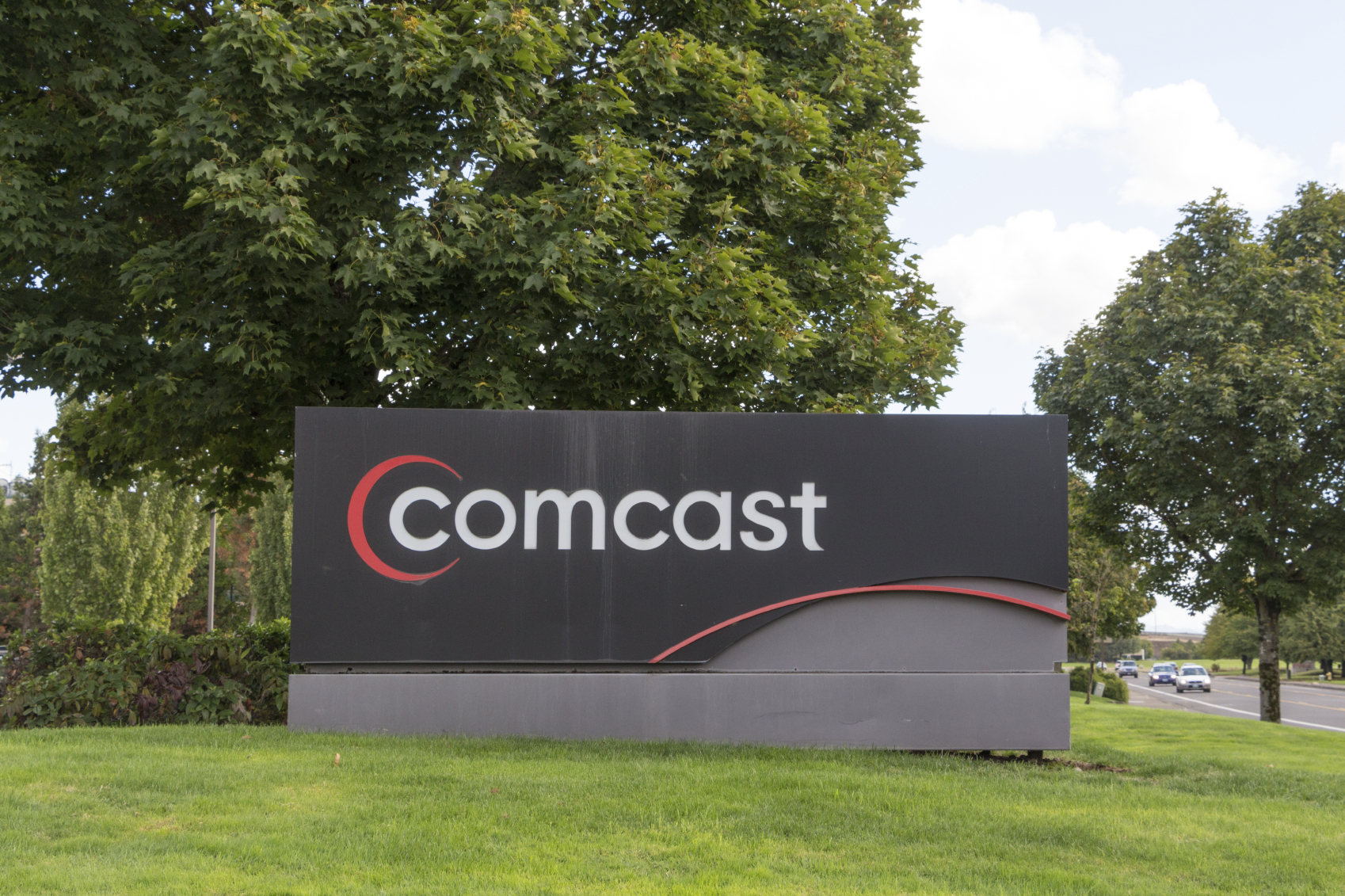Yesterday afternoon, NBCUniversal CEO Steve Burke took the stage at CES 2016 to make a case for the traditional TV business. Facing increasing competitions from the new Internet TV services like Netflix and digital videos, the TV ratings has been in steady decline for the past few years, but Burke firmly believes that the TV business is going to adept and hang around “for many, many years.”
Throughout his conversation with MediaLink CEO Michael Kassan, Burke stressed several times on the incomparable mass reach that TV possesses. “Niche content might work with targeted digital ads,” he admits, “but if you want a blockbuster, you better advertise on the Super Bowl.” He thinks too many marketers have been treating digital videos as a “shining new thing” that will magically replace the scale of TV, and warned against such mentality.
Nevertheless, the TV industry still needs to adept to the shifting viewing behaviors and pick up a few tricks from their digital competitors to connect with today’s mobile-first consumers. When asked about NBCUniversal’s recent investment in Vox and Buzzfeed, Burke said one of the reasons they invested is “to learn from them, to go to market with them.” He regards consumer data and premium content as the two key weapons that will help TV compete with its digital videos.
When asked if services like Netflix were enemies, friends, or frenemies, he said “all of the above,” and admitted that Netflix has definitely impacted the ratings, “but not as much as time-shifted viewing.” He concludes that all players in the content space will have to continue to evolve, and figure out how to get better at distributing content in digital spaces. To that end, NBC’s new OTT comedy streaming service SeeSo seems like a step in the right direction.
For more of the Lab’s CES coverage, click here.





